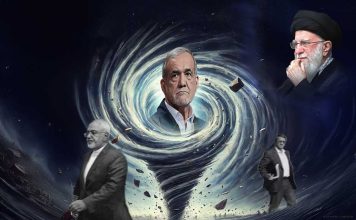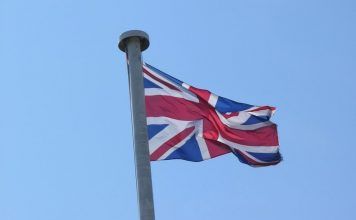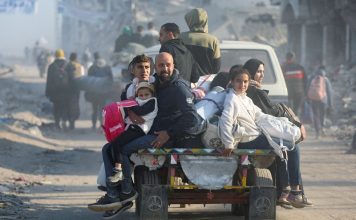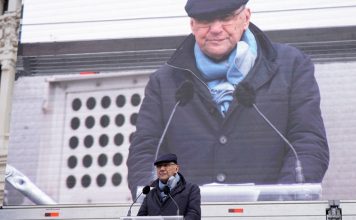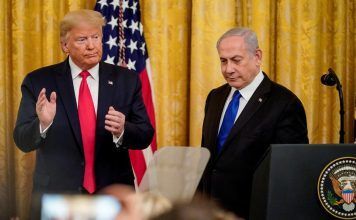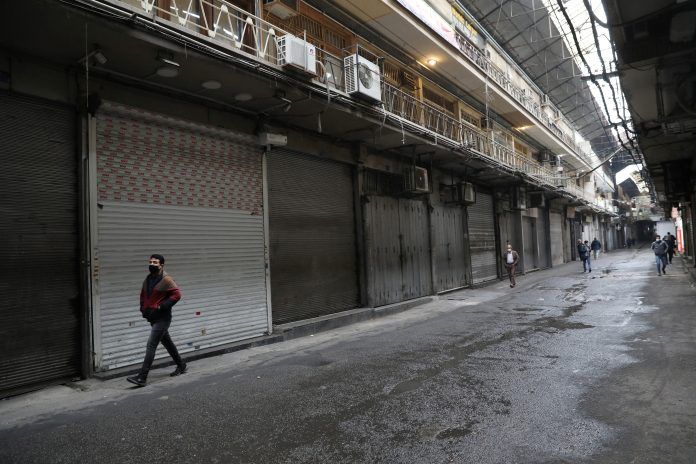
By Kayhan Life Staff
Investment in the Iranian economy – or Gross fixed capital formation (GFCF) — has steadily declined over the last decade, the Tehran-based Jahan-e Sanat newspaper said on Nov. 26, citing a report by the Economic Security Research Institute.
GFCF is a component of gross domestic product (GDP). It shows how much of a contribution investment (as opposed to household consumption) has made to the economy.
“The government invested $5.3 billion in the economy in 2019, a significant drop from $9.9 billion in 2009,” the report said.
Other sources validate the data, including the Tehran Chamber of Commerce Industries and Mines’ Economic Research Department, which released a similar report titled “The Silent Engine of Investment.”
“Total investment planned for 2019 was 11 times the 2004 levels — a 13-fold increase in the construction sector and a nine-fold jump in the machine industry,” said the Chamber of Commerce report. “Yet actual investment in 2019 was a mere $23 billion, the lowest amount invested at any time in the preceding 15 years.”
Planned investment is the amount that investment firms or governments plan to undertake during a year. Actual investment is the amount of investment actually undertaken in the same period. Ideally, actual investments match planned investments, resulting in macroeconomic equilibrium.
“Data shows that investment in the private sector has dropped steadily since 2012. Nearly $30 billion was invested in the private sector that year, but the amount dropped to $18 billion by 2019,” the Economic Research Department’s report noted. “Iran attracted some $5 billion in foreign investment in 2017. However, that number dropped to $1.5 billion in 2019, showing a significant decrease compared to the average foreign investment of $2.4 between 2005 and 2007.”
In an opinion piece titled “Sounding the Alarm Bell Over Declining Investment” in the Jahan-e Sanat newspaper on Nov. 26, Seyyed Hossein Salimi, the director of the Iran-Afghan Joint Chamber of Commerce, said: “Sanctions have played a crucial role in creating a volatile foreign exchange market and discouraging domestic and foreign investments. However, we cannot ignore government policies which have been detrimental to the volume of investment.”
“The government created massive economic problems for the country by setting an official rate of foreign exchange [42,000 rials to a dollar] in 2018,” Mr. Salimi argued. “The measure caused widespread uncertainty among investors and in the private sector. It also caused anxiety among importers of manufacturing parts and machinery who needed letters of credits to buy their raw materials. Many people in the private sector could not calculate their exact costs and return on their investments, given the volatile foreign exchange market. Economic uncertainty always lowers the volume of investment.”
“The government does not allow traders to adjust the prices of their products in line with the rate of inflation,” Salimi noted. “Volatile foreign-exchange markets and the inability to increase prices prevent many manufacturers from investing in the market economy. As a result, many investors keep their money in banks, which could signal an alarming trend that will have massive negative impacts on the economy.”
In an article titled “Warning Over the Declining Investment,” published in the September 2019 issue of the Tehran-based weekly Tejarat-e Farda, Hamid Azarmand, an economist and a staff writer for the magazine, said: “Most investment in Iran relies on the government budget and banking resources. The government budget fluctuates continuously, given that it relies primarily on oil revenue. The banking system suffers from endemic problems and faces financial stagnation.”
“Negative growth in the GFCF causes the country’s GDP to contract and reduces the volume of investment in the economy,” Mr. Azarmand explained. “Data has shown that the steady decline in the GFCF in the past few years has been so massive that new investment will not compensate for the losing capital. As a result, the economy will continue to contract.”
“Data suggests that a lack of investment will be one of the government’s principal challenges in the coming years,” Azarmand added.
This article was translated and adapted from Persian by Fardine Hamidi.

